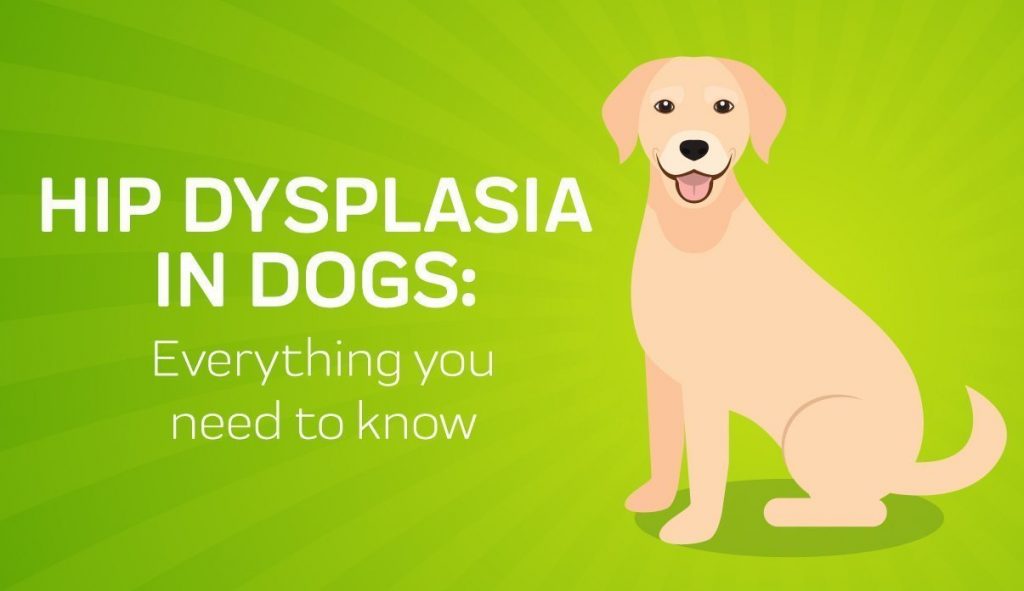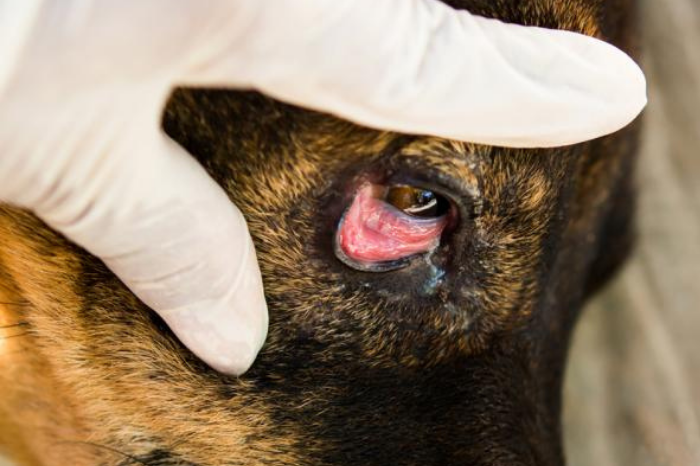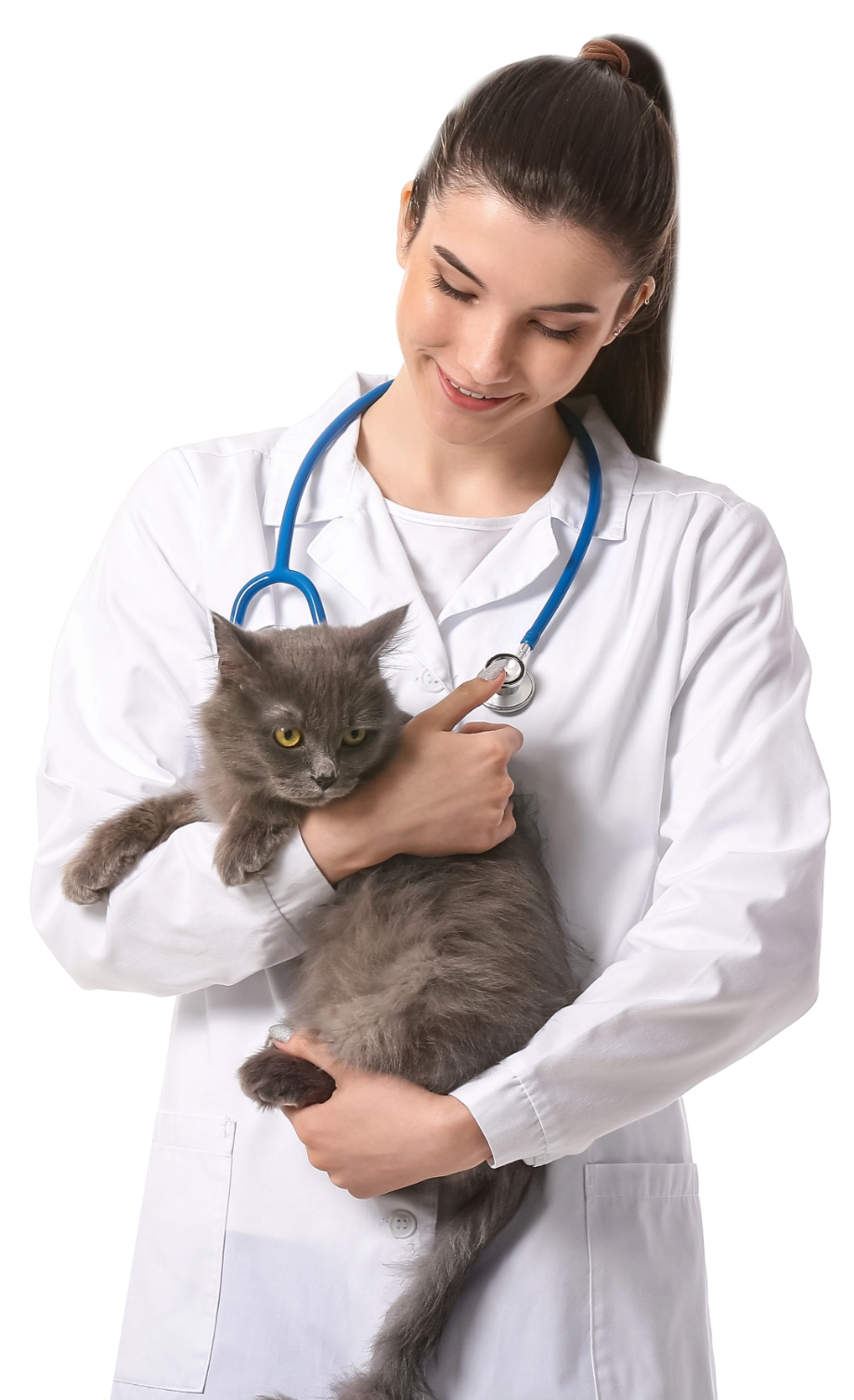

Obesity in Pets- What are the Risks?
Obesity is defined as the accumulation of excessive adipose tissue in the body. Pets are currently classified as overweight when their body weight exceeds 15% above their optimal body weight and obese if the weight exceeds 30% of optimal. Obesity arises when calorie intake exceeds expenditure for a significant period of time.
Many factors can affect your pet’s weight including diet, quality (premium or grocery brand), the number of meals and snacks, feeding table scraps, and the presence of the pets when their owner is preparing or eating their own meals. Breed predisposition, age, neutered or not, and lifestyle such being an indoor or outdoor pets also play a large role in the animal’s overall body score.
Obesity is reported to be a major risk factor of a variety of disorders; the most important association includes orthopedic diseases in dogs and diabetes mellitus in both species.
Other serious conditions include:
- Endocrinopathies, hypothyroidism, hyperadrenocorticism
- Cardiorespiratory diseases, effects on cardiac function, tracheal collapse and hypertension
- Alimentary, oral cavity disease, increased risks on gastrointestinal diseases and predisposition to diarrhea
- Integument, increased risk of dermatitis
- Urogenital, urinary tract diseases
- Oncologic, increased risk of neoplasia
- Increased risk of anesthesia and decreased heat tolerance
Fat or Fit – your Pet’s Body Condition Score
In the veterinary field, we use a subjective way to judge a pet’s weight. Body condition scores range from 1 to 9, with 1 being too skinny and 9 being grossly overweight.
While a BCS must be evaluated by a veterinarian, where do you think your pet fits right now?
Body Condition Score – Dogs
Body Condition Score – Cats
Obesity control and treatment can be achieved by dietary management through the use of premium purpose formulated diets accompanied with long-lasting lifestyle changes such as daily exercise and increased physical activity but taking into account any concurrent medical condition. To know more about obesity in companion animals, you can always call your nearest branch to guide and give you more necessary information.
recent post

EARLY DETECTION AND TREATMENT OF HIP DYSPLASIA IN PUPPIES
Hip Dysplasia in dogs is an anatomical orthopedic condition which has a genetic background and affects mostly..
learn more
“CHERRY EYE” or PROTRUSION OF THE GLAND OF THE 3rd EYELID
Protrusion of the gland of the third eyelid (or “cherry eye”) occurs most commonly in dogs and..
learn more



